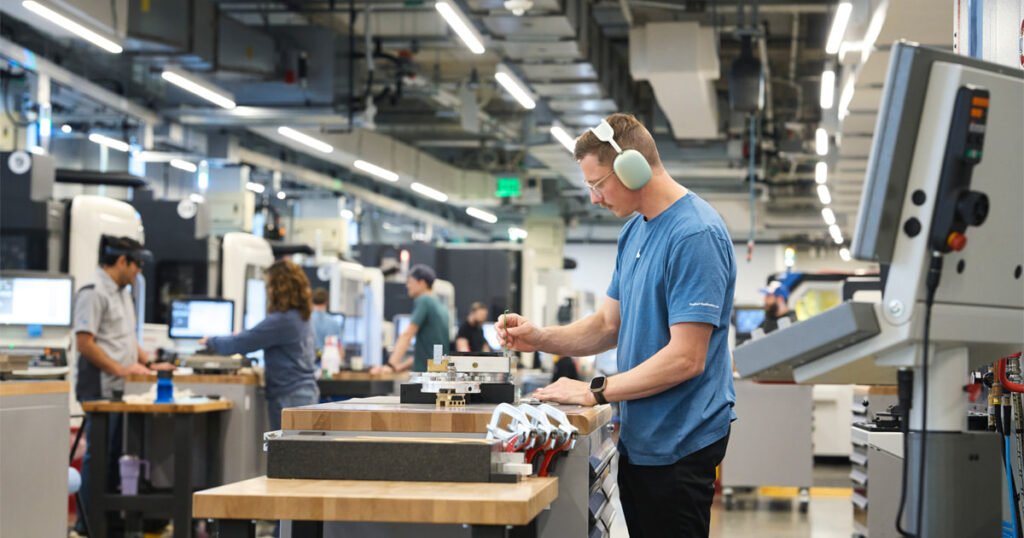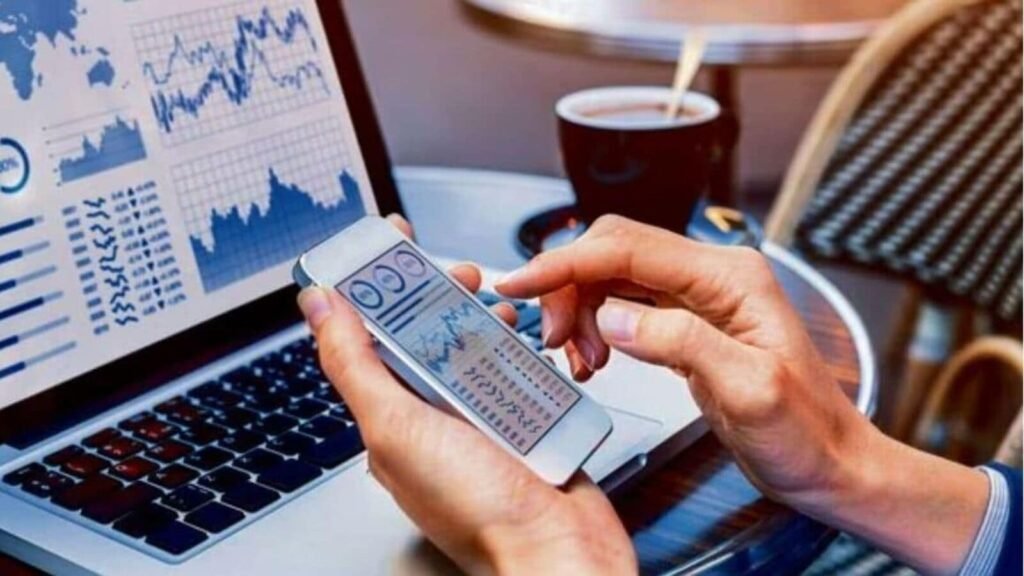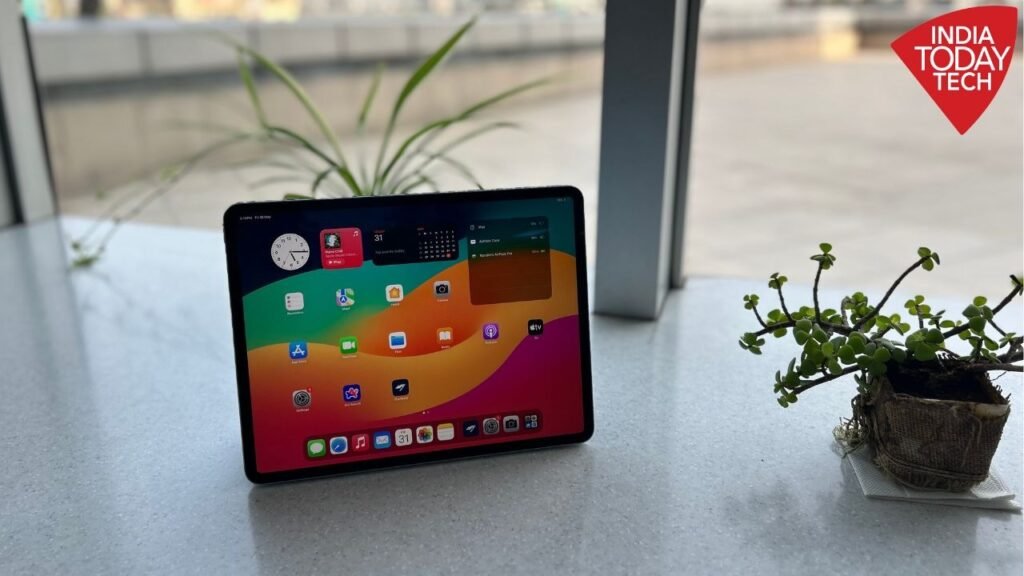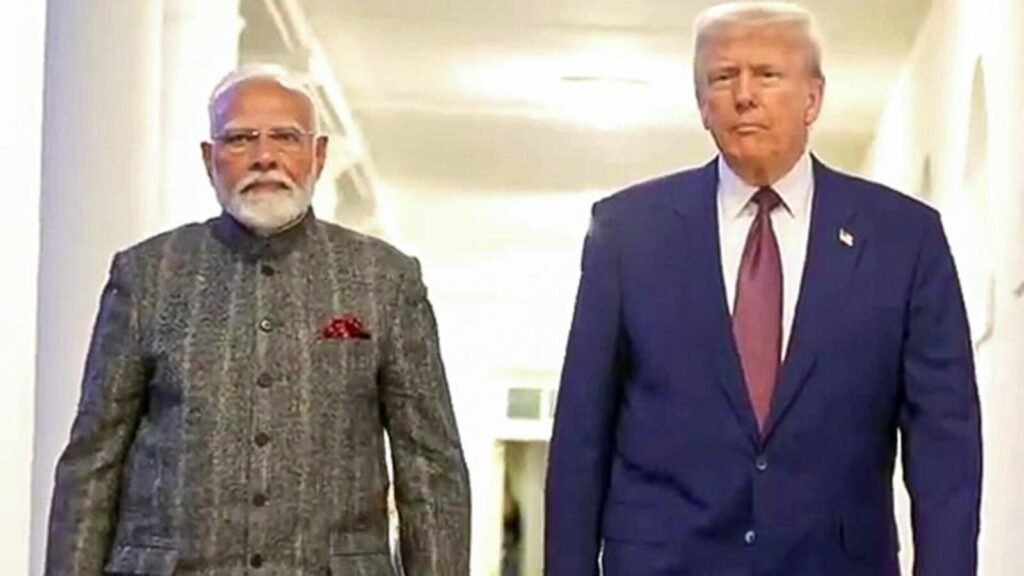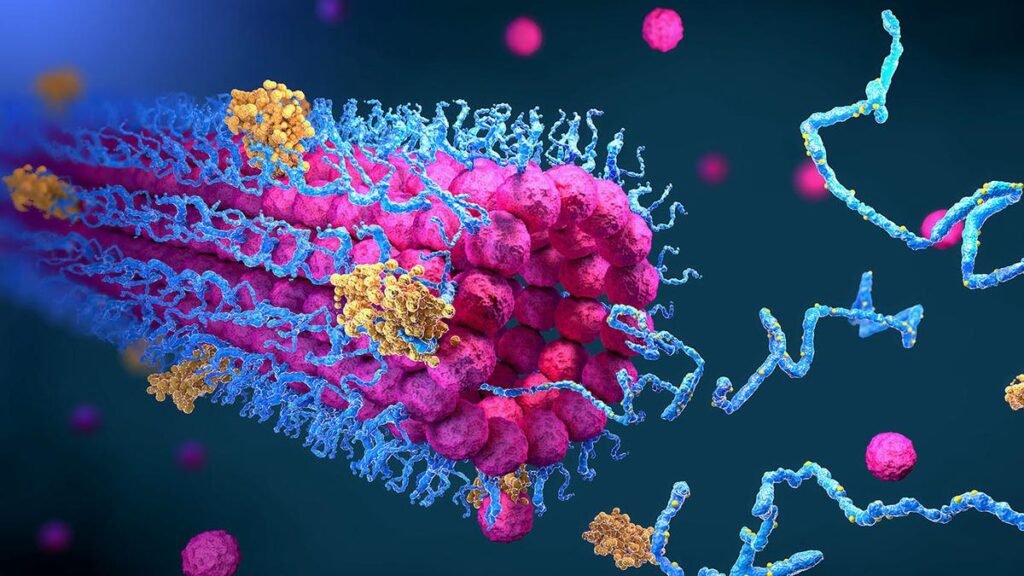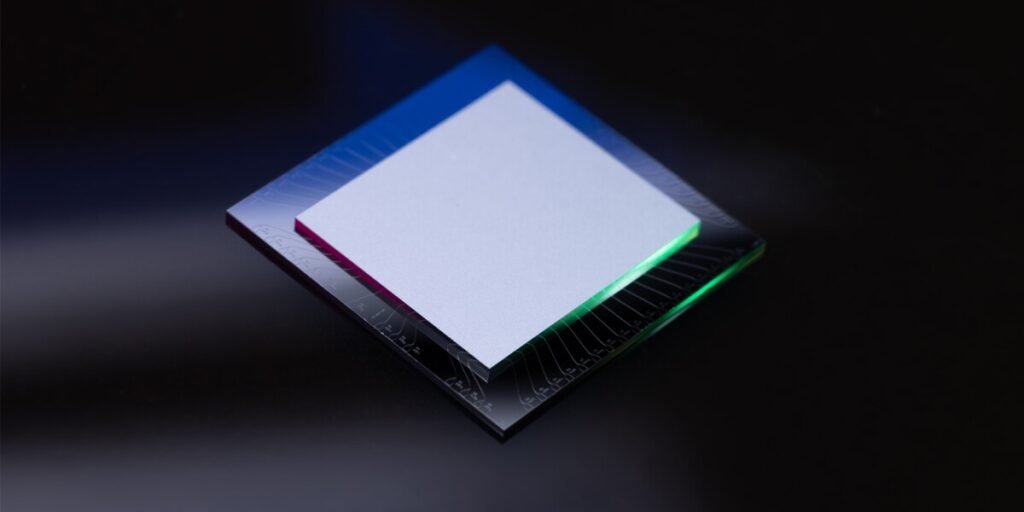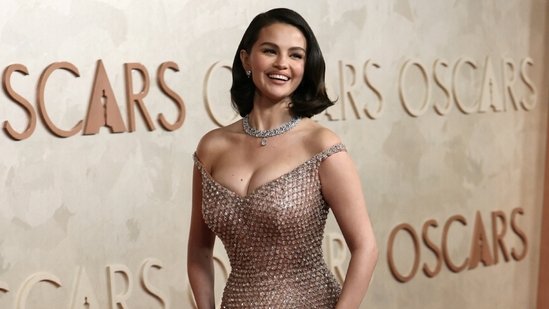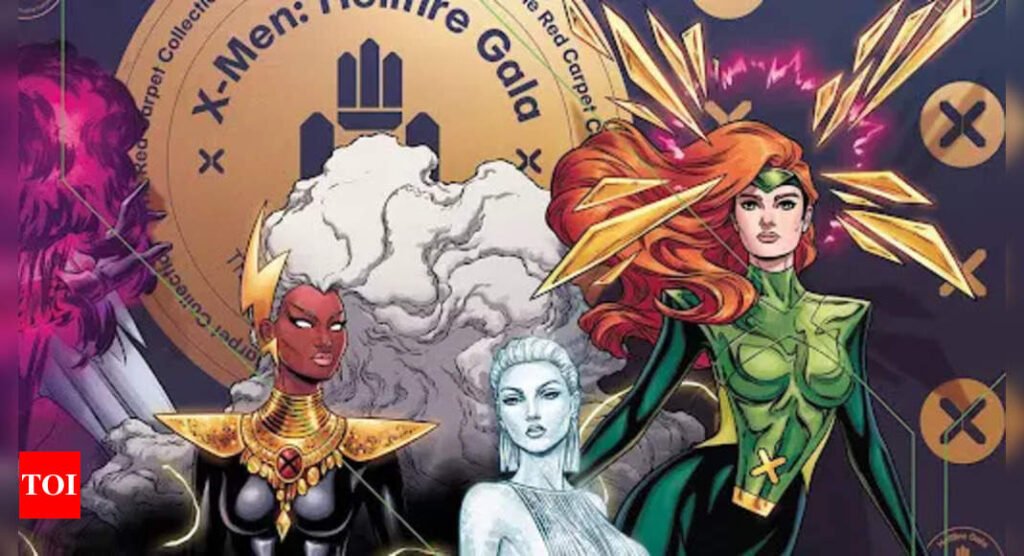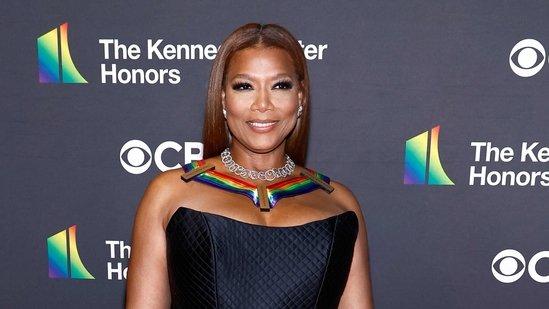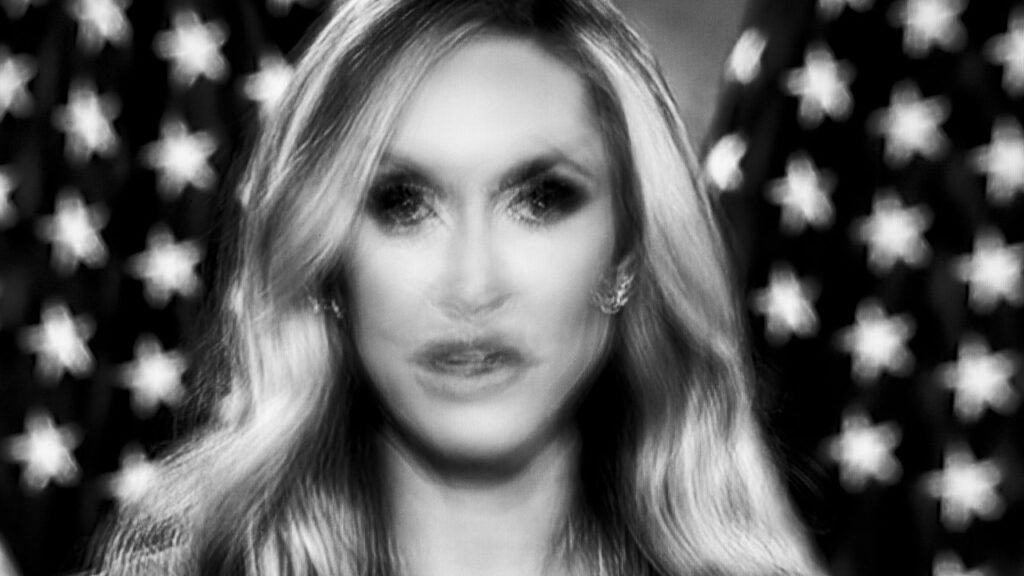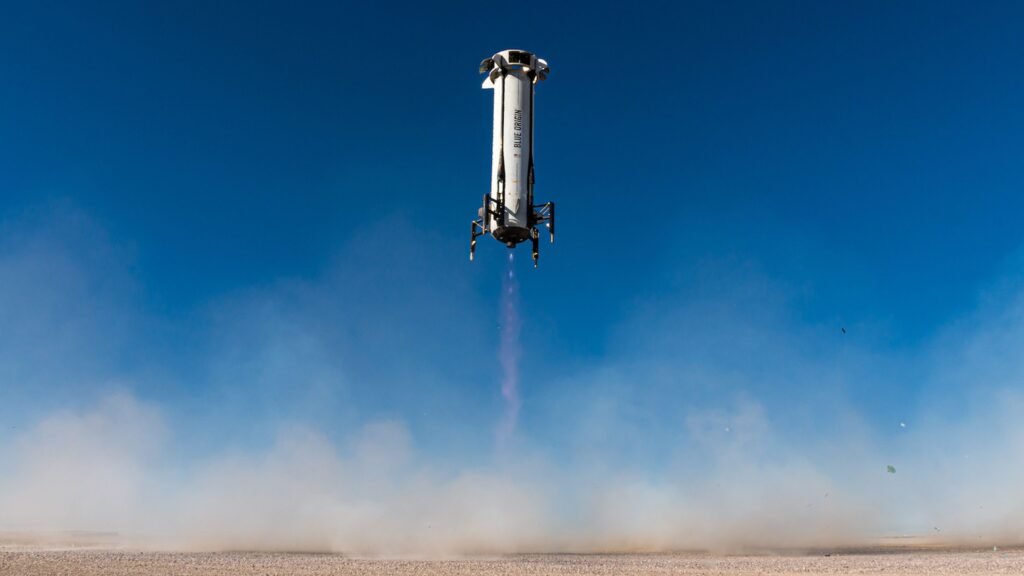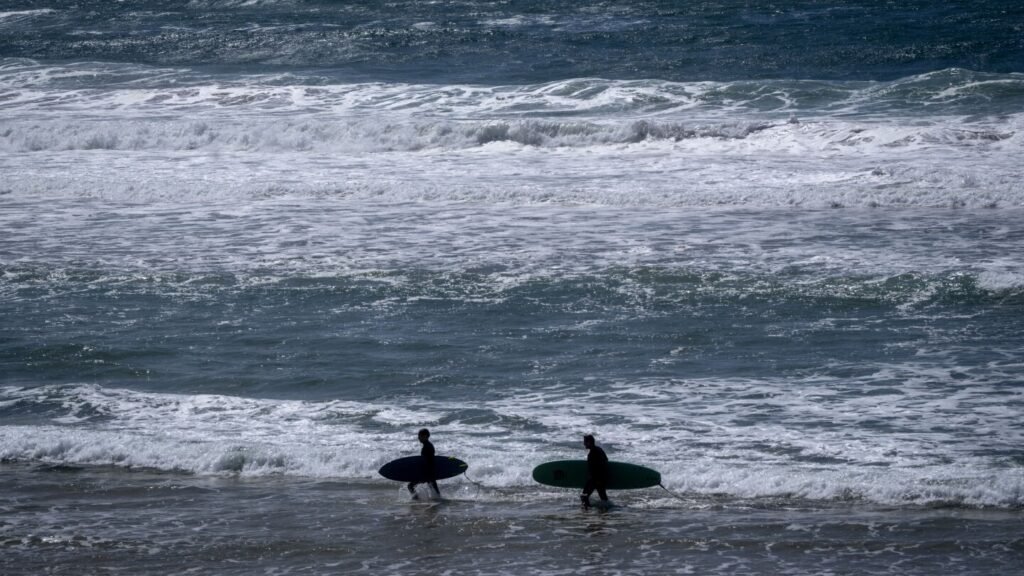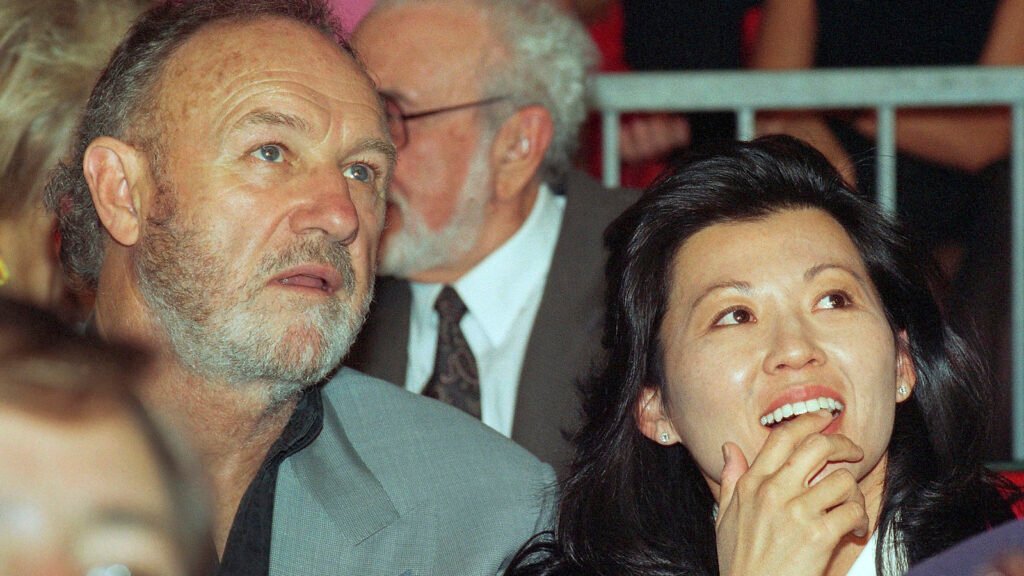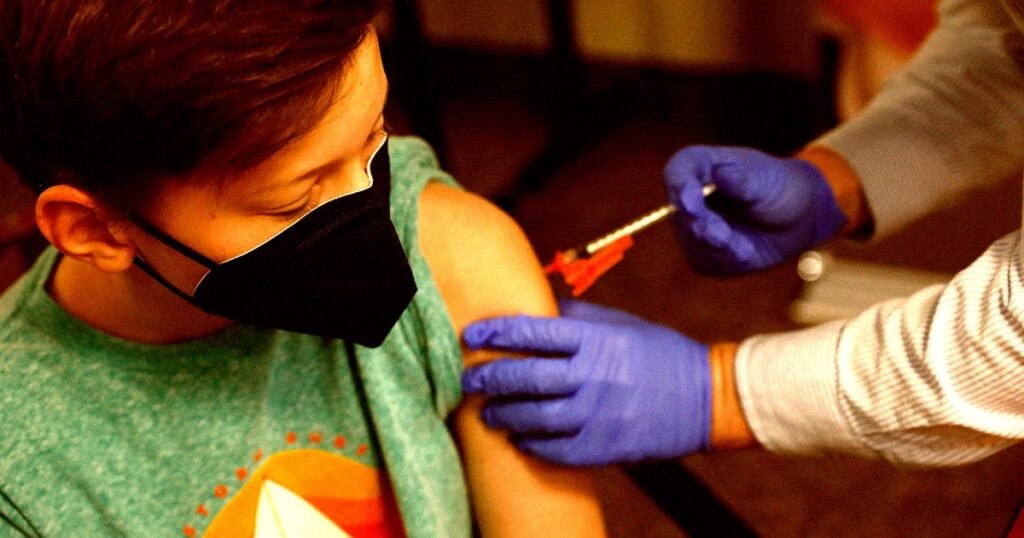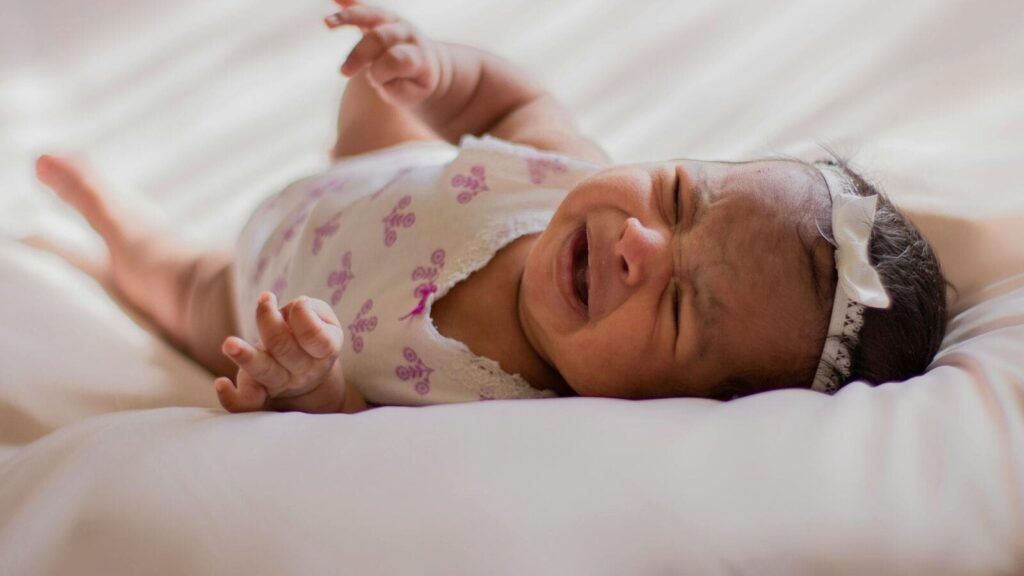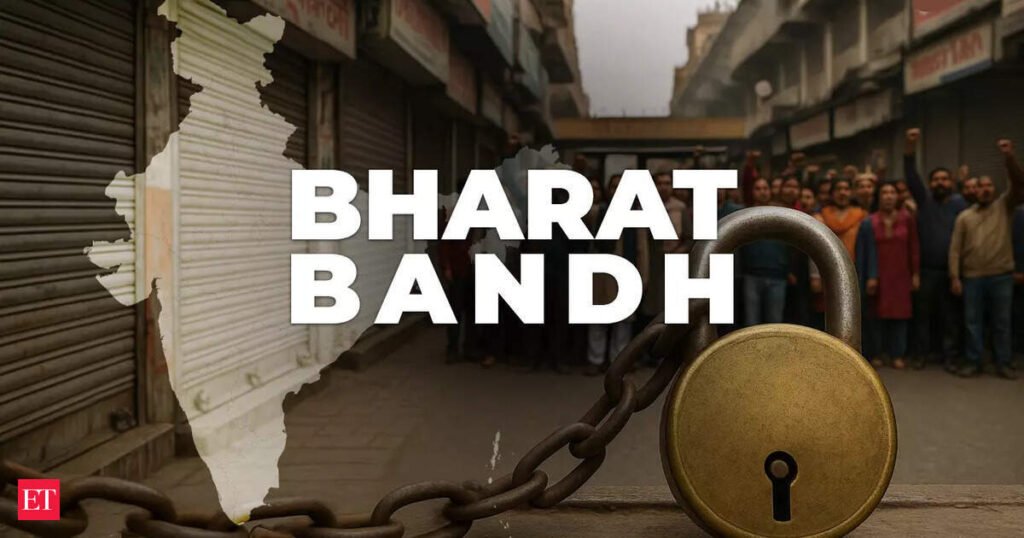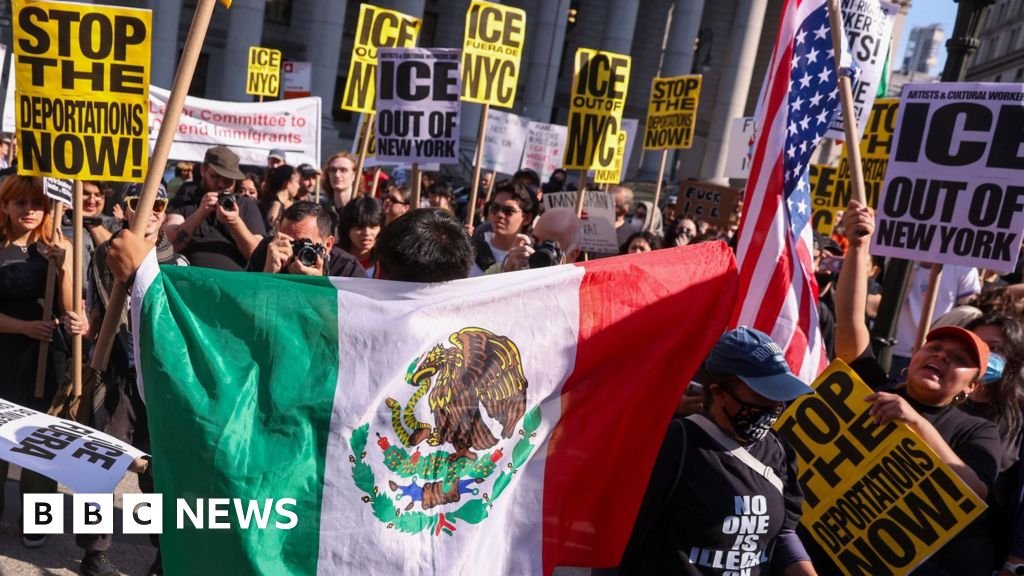Now Reading: Some Starbucks Baristas Are Protesting Against New Dress Code
-
01
Some Starbucks Baristas Are Protesting Against New Dress Code
Some Starbucks Baristas Are Protesting Against New Dress Code

Starbucks has a new dress code, and it’s not going over well with some of its team members.
On April 14, the coffee giant announced an updated employee dress code, and it that went into effect on May 12. The new policy requires Starbucks employees to wear short or long-sleeved solid black tops in crewneck, collared or button-down styles. They’re allowed to wear any shade of khaki, black or blue denim bottoms.
Starbucks has also rolled out a new line of company-branded T-shirts for baristas who will get a pair for free. The chain’s previous dress code allowed partners to wear a wider range of dark colors or patterned shirts.
Starbucks said the new rules will highlight its “iconic green apron and create a sense of familiarity” for customers, but for many workers, the policy is raising red flags.
“shouldnt be stressing over the color of my shirt before work and almost in tears because i dont have the right shirt,” reads one anonymous post in the subreddit r/starbucksbaristas. “I shouldnt be afraid of losing hours and being sent home over a shirt. I cant afford a new wardrobe. Im just about done with this job.”
This and five other anonymous Reddit posts were also posted on TikTok by Starbucks Workers United (SBWU), the union that represents workers at 570 of Starbucks’ 10,000 company-owned U.S. stores.
More posts have flooded Reddit and other social media platforms, where workers say they are “astounded by the dress code,” that “baristas can’t use clothes they’ve already bought for the job” and that the policy is “ruining morale.”
“this is absolutely insane but also unhelpful,” wrote one Reddit user. “in no way does this tackle wait times, dumb f—ing high prices or achieve the ‘cOfFeEhOuSe FeEl’ that they keep saying they f—ing want.”
TODAY.com has viewed the internal dress code given to employees, which outlines in detail what employees are and aren’t allowed to wear to work. This include stipulations on aprons, name tags, head wear, tops, bottoms, footwear, grooming and accessories like pins, earrings and more.
Some posts bemoan getting in trouble for wearing items like retainers, pimple patches and improper shoes.
SBWU says the dress code should have been subject to collective bargaining, and in response, organized rolling walkouts at over 175 stores with more than 2,000 baristas in early May. It says it also filed an updated unfair labor practice charge over the company’s failure to bargain over the policy change as they work toward finalizing contracts for its 590 union-represented stores.
For its part, Starbucks says that “thousands” of employees came to work ready to serve their customers and communities during the strikes.
“The biggest update to our dress code is simple: wear a black shirt — either your own or one we provide,” Phil Gee, director of partner and labor communications at Starbucks, tells TODAY.com, adding that SBWU represents less than 5% of its workforce and less than 1% of stores participated in the strikes.
“While the union is focused on a simplified dress code, we’re focused on providing the best job in retail with a wage and benefits package that averages more than $30 per hour for hourly partners,” Gee continues. “It would be more productive if the union would put the same effort into coming back to the table to finalize a reasonable contract.”
Paige Summers, a shift supervisor from Hanover, Maryland and member of SBWU, participated in the walkout over the dress code and says the path to “turning Starbucks around” starts with a fair contract with union baristas that addresses their staffing, pay and support concerns.
“Starbucks has lost its way,” Summers tells TODAY.com. “Instead of listening to baristas who make the Starbucks experience what it is, they are focused on all the wrong things, like implementing a restrictive new dress code. Customers don’t care what color our clothes are when they’re waiting 30 minutes for a latte.”
On the other side of the coin, Maddie Mucklow, a store manager in Seattle, Washington, says she likes the policy change because it eliminates the “ambiguity and confusion” from the old dress code.
“Before, the dress code was full of grey areas and loopholes,” Mucklow tells TODAY.com via the Starbucks representative. “I’m grateful for this new dress code because it gives me a sense of clarity and confidence in leading my team.”
Chicago, Illinois-based barista and bargaining delegate Diego Franco agrees with Summers, saying he and his coworkers were blindsided by the policy change.
“Me and at least 10,000 other baristas would have not agreed to this new dress code,” Franco tells TODAY.com. “The way that it’s been enforced at stores is absolutely crazy.”
Franco, who has been a Starbucks employee for five years, says that he used to wear a red shirt to work every day, which became an issue at his store directly after the strike.
“The dress code itself, I think, has been implemented unfairly even amongst co-workers depending on how supportive or how hopeful the barista is about the union,” Franco says. “Right after we had walked out, I was given the ultimatum of clocking out and going home to change my T-shirt, or to be documented for insubordination.”






